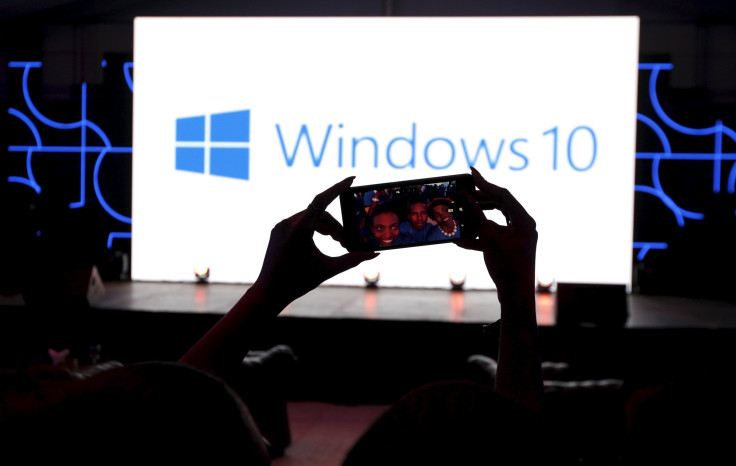Windows 10 Update: Microsoft Rolling Out First Major Upgrade To Entice Business To Get On Board

Slightly over three months after Windows 10 was released, Microsoft on Thursday announced the first major update to the software. It has added a number of features for consumers, but the main aim is to get business users to update their systems.
The update, which will be automatically downloaded by those using Windows 10, is primarily aimed at those businesses that were waiting for the kinks to be ironed out before deploying the new operating system to its users. If you were waiting for the first service pack update to a Windows release before upgrading, then this update is for you, according to Microsoft.
"With this free update we have reached the point in the platform’s maturity where we can confidently recommend Windows 10 deployment to whole organizations," Microsoft's head of Windows Terry Myerson said in a blog post.
In the months since Microsoft released Windows 10, the company says more than 110 million people have upgraded to the new operating system, which works across devices as diverse as smartphones, tablets, laptops, desktops, servers and even Internet of Things devices.
To attract enterprises to upgrade, the update brings two significant new features. The first, Windows Update for Business, allows IT departments to control how updates are deployed within their organizations while "ensuring their devices are kept current and their security needs are met." The second is Windows Store for Business, which is essentially a tailored version of the Windows Store with a curated list of apps as well as custom business apps.
Windows Update for Business provides IT controls over the deployment of updates within organizations, while ensuring devices are kept current and security needs are met, at reduced management cost. Features include setting up device groups with staggered deployments and scaling deployments with network optimizations.
Windows Store for Business provides IT a flexible way to find, acquire, manage and distribute apps to Windows 10 devices -- both Windows Store apps and a custom line of business apps. Organizations can choose their preferred distribution method by directly assigning apps, publishing apps to a private store or connecting with management solutions.
The November update is already available to Windows Insiders -- the group of people who beta-tested the operating system ahead of final release -- as Build 10586; the final consumer release is titled Version 1511, a new naming convention related to the year and month of release.
Parallel with the update for desktops and laptops, Microsoft on Thursday also is rolling out Windows 10 for its Xbox One console, which will significantly increase the number of devices using the platform.
Here are some other improvements Microsoft says its first significant update will bring:
- Performance -- Microsoft says everyday tasks have been improved, with boot time now nearly 30 percent faster than Windows 7 on the same device.
- Cortana -- Lots of updates here. If your tablet has a stylus (essentially, if you own a Surface) you can now use it to scribble notes in the Cortana Notebook and Cortana will recognize the phone number, email address and even physical address to help you set reminders. Cortana also can now keep track of your event and movie bookings too, sending you reminders of where to go and how to get there on time, plus the option to book and track an Uber car (U.S. only). Cortana is also now available in Japan, Australia, Canada and India (in English) with features and experiences customized for each market.
- Microsoft Edge -- There is improved performance and security, along with tab preview, which allows you to hover over open tabs and get a preview of what’s on those websites without leaving the page you’re on. Microsoft Edge also now syncs Favorites and Reading List items across devices, and Cortana will now notify you if coupons are available for whatever online store you are shopping in.
© Copyright IBTimes 2024. All rights reserved.






















